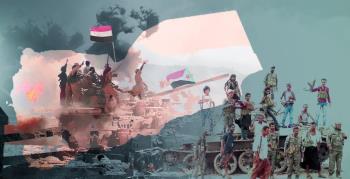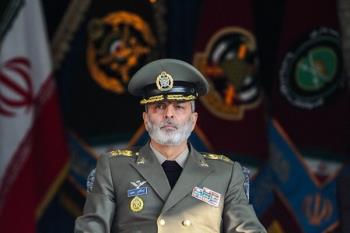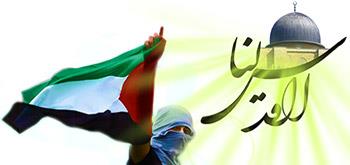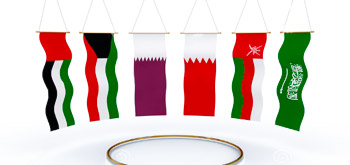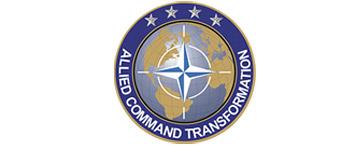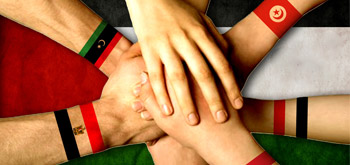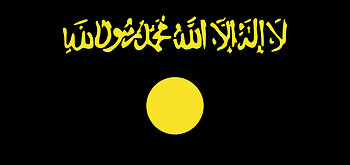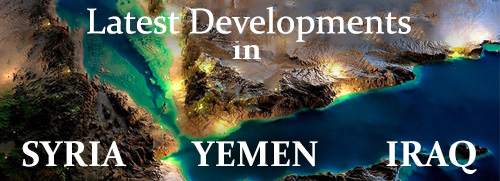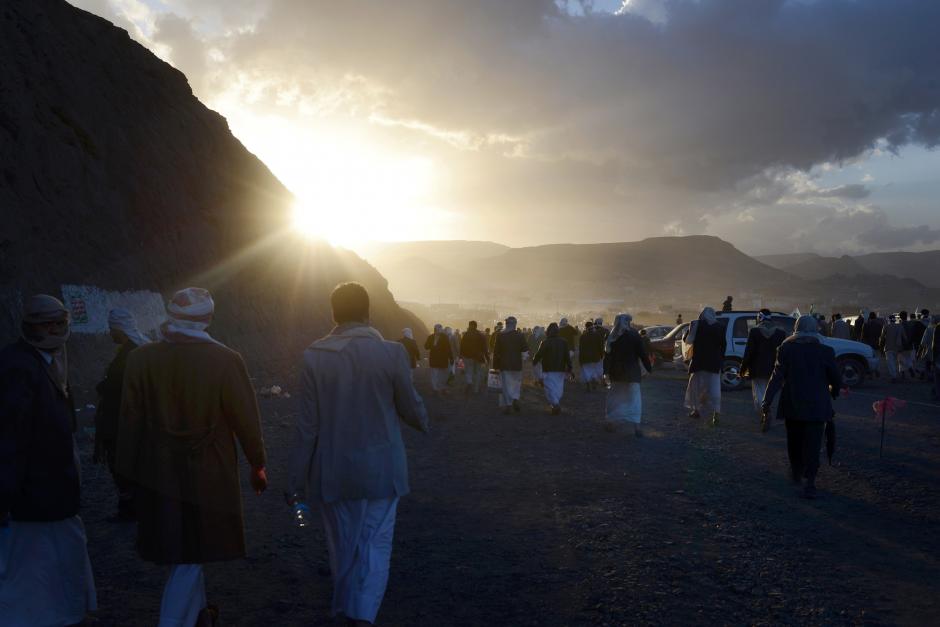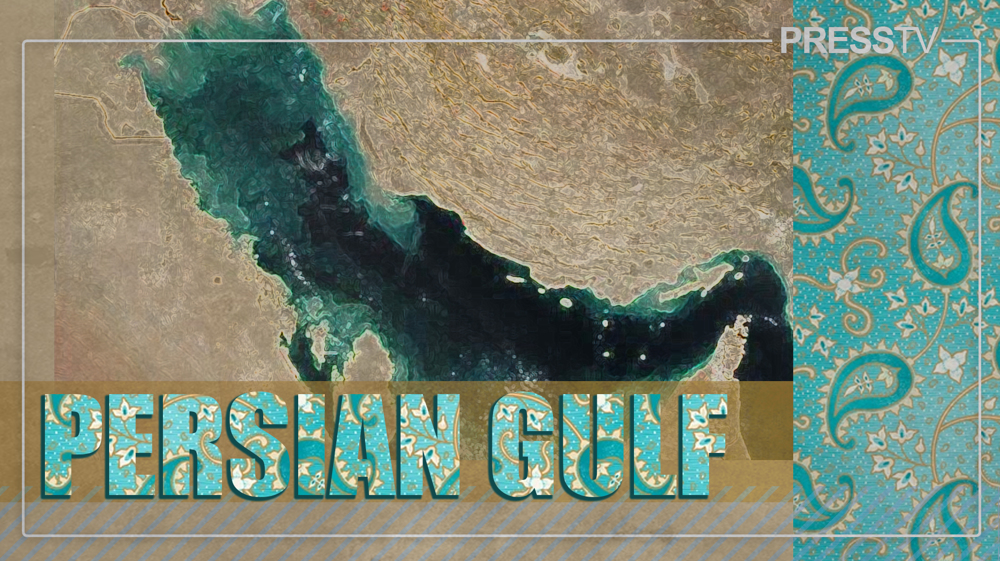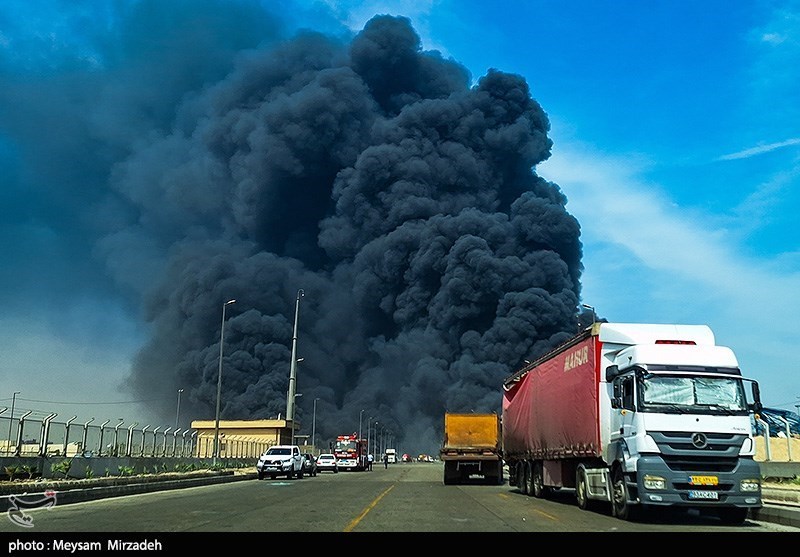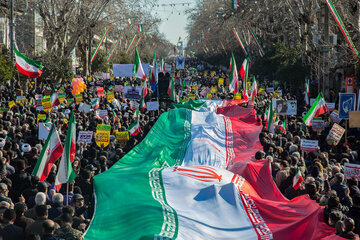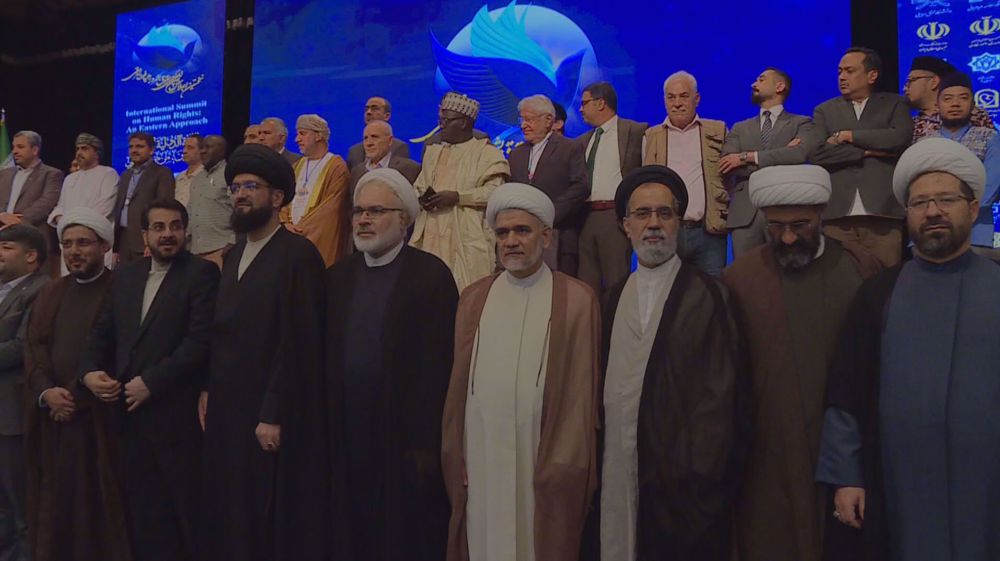Alwaght - After the revolution of 2011, Yemenis looked for something to cling to, and many found hope for stability in the Ansarullah (Houthis). Once a small Zaydi Shiite group in the highlands seeking to revive their religious and cultural practices, the Ansarullah —attacked by the western-Saudi- backed Yemeni regime in six wars between 2004 and 2009--waited and rose up when public demand for security finally gave them the backing they needed to act .
By the end of 2014, not only did they have the loyalties of much of Yemen’s north, but they had captured the capital and held the acting government hostage as well .
Seen as a threat to regime stability, the Yemeni government waged a series of brutal wars on the Ansarullah in their stronghold, the Sa'ada province of Yemen. Though their leader, Hussein al Houthi, was killed in the first war, the Houthis rallied back and subsequent wars devastated Sa'ada city and rural villages, but finally Ansarullah's resistance surrendered the western-Saudi- backed regime. Al Saud, extremist Wahhabi family ruling Saudi Arabia, is old-foe of Shiites, and US spared no effort to get rid of Ansarullah. On the one hand Saudi regime cannot put up with a government in its neighboring country in which Shiites' have a lion share, on the other hand west is against such a government in which a hostile enemy to US and Israeli regime plays an active role.
"Death to America, death to Israeli Regime, damn the Jews, victory to Islam" is the official slogan of the Ansarullah members.
First shouted by Hussein al Houthi in the ancient Grand Mosque of Sana'a in 2004, it was the slogan that started the multiple wars of the Yemeni puppet regime against the Ansarullah to silence evry anti-US and ant Israeli regime voice.
However despite the acerbic words, the slogan aims to call attention to governments of the West, never to harm individuals.
“We do not really want death to anyone,” said Ali al Bukhayti , the former spokesperson and official media face of the Ansarullah, during an interview last September. “The slogan is simply against the interference of those governments .”
In January 2013, the Ansarullah held its first mass gathering in years. Despite participating in the revolution, they had not gathered in such large numbers close to the capital. Tens of thousands of men women, flooded a barren stretch of land outside the capital, gathering supposedly for the Prophet Muhammad’s birthday. The dusty mountain landscape was littered with thousands of green flags, posters with the words of slogan and murals dozens of feet high were painted on a mountainside proclaiming, “Welcome to followers of the prophet Muhammad .”
This gathering, which would be held annually every year since, was no simple religious celebration. On a jumbo screen at the front of the crowd, Ansarullah leader Abdul Malik al Houthi spoke not only of the day of celebration, but of politics as well and painted his vision of the way forward after Yemen’s revolution .
Standing atop a mountain above the crowd, “Death to America” echoed across the plain. For the first time, it seemed intimidating .
Tents sit knotted together at a protest camp outside Sana'a, on September 8, 2014. Thousands of tribesmen from Yemen's hinterlands joined the Ansarullah for their "People's Revolution" to oust those they labeled as corrupt leaders and to bring back fuel subsidies. The result was a complete Ansarullah takeover of Sana'a.
Throughout 2013 and 2014, the Ansarullah gradually gained ground in Sana’a and Yemen’s north, holding gatherings where green banners proudly proclaimed each loyalist area.
What the Ansarullah call for are things that all Yemenis crave: government accountability, the end to corruption, regular utilities, fair fuel prices, job opportunities for ordinary Yemenis and the end of Western domination .
Many Yemenis believe the Ansarullah are right in pushing out Western influence and decision making, and blame U.S. interference for allowing former President Ali Abdullah Saleh to avoid prosecution or exile for crimes against his people during the Islamic Awakening. Under a deal imposed by Persian Gulf Arab States and the West she was allowed to step down and still remain in the country .
The presidency was essentially handed over in a one-man election, mandated by the Persian Gulf Cooperation Council (PGCC) as Yemen’s first step in transition, to Saleh's Vice President Abd Rabbuh Mansur Hadi, who many Yemenis regard as a puppet of the US and the PGCC.
Mohammad Ali, a young merchant from Old Sana’a who participated in the Islamic Awakening, reiterated these beliefs: “The US supported the Persian Gulf Plan, which seemed like a good idea at the time. But they gave Saleh an easy way out, and our political process is not moving forward. The promises were ink on paper only.” Though the Islamic Awakening protests gathered thousands of Yemenis to remove Saleh, he still commands the allegiance of thousands more, including the membership of his political party, Moatamer, the largest in the country .
The Vice President vision, created by their founder, Hussein al Houthi (who was killed in a 2004 war against the Yemeni Regime), was picked up and strengthened by their current leader, Hussein’s brother Abdul Malik, and is epitomized in their stronghold in the northernmost province of Sa’ada .
Sa’ada, the birthplace of the Ansarullah movement, is now one of the most peaceful and well-run areas in all of Yemen. Residents have nearly 24-hour electricity and consistent water supplies; and the sound of gunfire is almost non-existent and the old city of Sa’ada, which was reduced to rubble less than a decade ago but is now almost completely rebuilt in traditional mud-brick tower house style .
The Ansarullah's boldest move came in September 2014, when after months of protesting against the removal of fuel subsidies Ansarullah members swept into Sana’a. Most brigades of the armed forces all but stepped aside .
One Ansarullah members from outside Sana’a stood proudly after the takeover in a room at Moaiyed Hospital, his normally white clothing stained with blood, and his right arm bound in a cast. “I believe in the aims of Ansarullah. They get rid of the corrupt and fight for the people,” said the man, who didn’t want to give his name. “See, my arm is bound, but my trigger finger still works .”
The Ansarullah replaced soldiers by the hundreds at checkpoints around Sana’a and began dressing in military garb.
The rise of the Ansarullah came about through a series of tribal, class and border conflicts coming to a head when the common Yemeni, disappointed with corrupted puppet leaders, needed a strong leader with a clear vision. Ansarullah aims at providing security on the streets, consistent service, and a strong state with a way forward that the Yemenis who brought them to power demand. The envisioned scene can be realize if all Yemenis become unified and decide for their future through a fair and democratic election.

